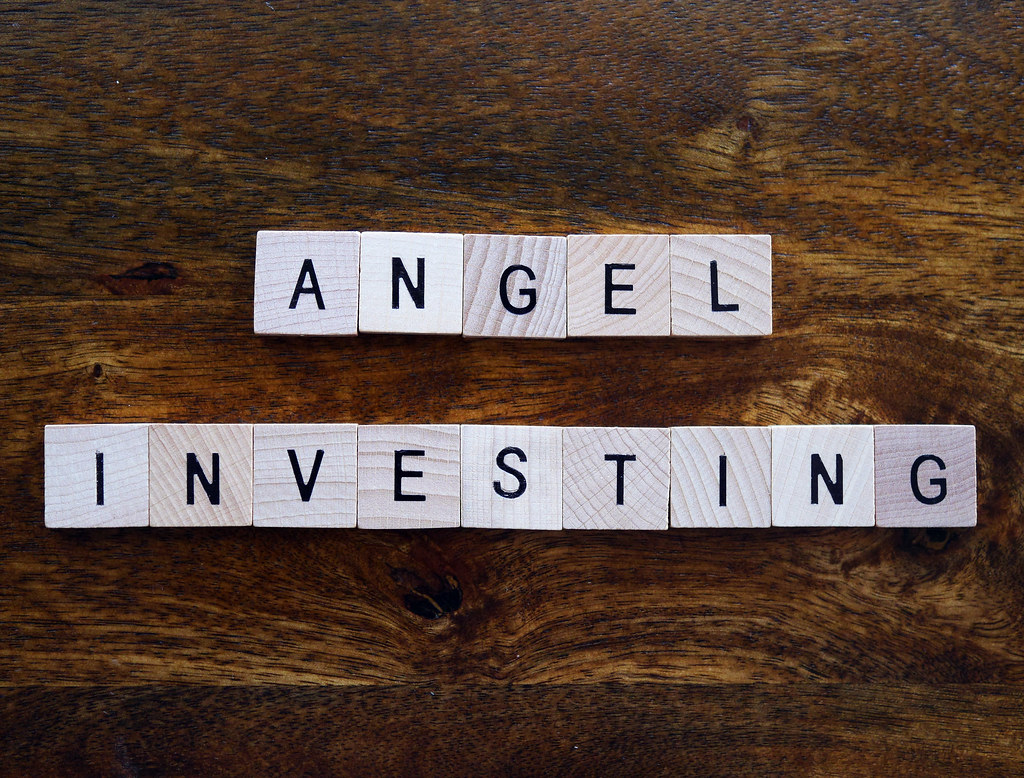After reading about the “proper” way to raise a seed round you decide you are ready to raise capital through a convertible note. At this point you will probably ask yourself – “What are the material terms in a convertible note?”
I am glad you asked. Below are 7 key terms you will find in a convertible note with some mentions as to how Simple Agreements for Future Equity (“SAFEs”) are different.
Total Financing Size
How much money do you plan to raise this round? The money you raise here will be your runway that will get you to your next round. Ideally, your next round will be an equity round that you raise after your company hits a major milestone (e.g. finding product market fit evidenced by growing revenues) which would lead to better terms and odds of securing new investment.
Your runway is your total cash divided by your burn rate. Here’s an example:
- Your company plans to raise $600K
- You project an average burn of $50K/month
- This means your runway is 12 months
Is 12 months long enough to hit your milestone and be able to secure investment? Recall that you should start to raise after you hit your goal and the investment process takes months. You also do not want to negotiate when your cash supply is low as you would lose leverage.
Due to this I suggest generally adding in a buffer of between 25-50% so the round above would be between $750-900k.
Interest Rate
The interest rate is straight forward as it works the same as interest in other debt products. This ensures the investors protect themselves from time value of money losses. Generally, the rates here are low (4-8%). Convertible notes are not true debt instruments. SAFEs do not have interest rates.
Maturity Date
The maturity date dictates how long can the convertible note remain outstanding before it becomes due and payable (i.e. when can investors ask for the return of their cash + interest). Since a convertible note is debt, the noteholders can demand payment if a conversion event has not occurred (e.g. a qualified financing – discussed below) by the maturity date. Most noteholders do not want to be repaid on the debt as they are truly investing in the upside of a company’s equity, so companies typically negotiate to extend the maturity date instead of paying off the note. Convertible notes commonly have a maturity period between 18 months to 3 years. The longer the period the better it is for the company. SAFEs do not have maturity dates.
Qualified Financing Threshold
The amount of money a company needs to raise in an equity round (not another convertible note or SAFE round) for the convertible notes to convert into equity. The lower the amount the better it is for the company. The reasons are twofold – 1) it is an easier threshold to meet and 2) it may help the company avoid unnecessary dilution from raising more than it needs. It’s common to see between $500K-1M for this term for technology companies. That number is a bit more fluid in other spaces.
Discount on Qualified Financing Price
The discount is the haircut in price that the noteholder has from equity round investors. Therefore, if an equity investor pays $1 per share in a qualified financing and the noteholder has a 25% discount their investment will convert at $0.75 per share. A 20-30% discount is common with the earlier investors getting higher discounts as their investments are inherently riskier.
Valuation Cap
A valuation cap ensures that a noteholders investment won’t convert over a certain valuation. For example, if a noteholder has a $4M valuation cap and the company’s valuation at the next qualified financing is $7M the noteholder will convert at $4M. Typically, noteholders convert at the lower of the valuation cap or discount. When reviewing this portion of the note you should consult with counsel that understands liquidation overhang. Seed convertible note valuation caps are typically between $3-8M.
Other Conversion Not Related to A Qualified Financing
Your convertible note may have other conversion triggering events. It’s common to see conversion to common stock occur after the maturity date, normally at the noteholders’ discretion. A noteholder may also request conversion to common stock upon a change of control as a company could be sold prior to the next qualified financing.
Next Steps
Generating a term sheet is the first step in a seed convertible note round. If you’re dealing with angel investors, they might produce one for you. But more often, angels in seed rounds will expect you to generate a term sheet. You should consult with an attorney to generate a term sheet for you, and discuss any of the above variables as needed, when you’re ready to move forward.




